Katapult Future Fest from the Perspective of a Student Intern
As a student beginning my journey into impact investing, I entered Katapult Future Fest (KFF) with a simple understanding: using capital for the greater good. However, I soon realized that impact investing encompasses a broader landscape with various areas, factors, and perspectives. While I learned a plethora of knowledge, I will share six key lessons I gained from KFF: Principles of Impact Investing, Mega Trends in Impact Investing, Systems Change, Double Bottom Line, Role of a Foundation, and Key Features/Roles of Impact Venture Capital.
1) The Principles of Impact Investing
Intentionality: The investor's intention to generate social or environmental impact is a defining characteristic.
Expectations of Financial Return: Unlike philanthropy, impact investing expects a financial return on the capital invested, ranging from below-market to market rate.
Range of Asset Classes: Impact investments can be made in both emerging and developed markets and across asset classes, including private equity, debt, and real assets.
Measurement: A commitment to measuring and reporting the social and environmental performance and progress of underlying investments ensures transparency and accountability.
2) Mega Trends in Impact Investing
Macroeconomics
Emerging Markets: Impact investing in developing economies can drive growth by funding infrastructure, education, and healthcare projects.
Job Creation: Targets projects that create jobs and promote inclusive economic growth, aiding in sector and regional development.
Income Inequality: Guides investors to focus on initiatives that reduce inequality, like affordable housing, education, and financial inclusion.
Fiscal Policy: Government spending and taxation policies can create opportunities or barriers for impact investing.
Regulatory Environment: Supportive policies promote transparency, accountability, and social responsibility.
Innovation: Technological advancements drive new opportunities for impact investing.
Geopolitics
Risk Assessment: Political stability is crucial for successful impact investments. Stable governments and robust legal systems provide a secure environment.
Policy and Regulation: Government policies and regulatory frameworks can support or hinder impact investing.
Trade Agreements: Facilitate cross-border investments and the flow of capital into impact projects, while trade disputes can increase costs.
Artificial Intelligence’s Positive Impact:
Big Data Processing: AI handles and analyzes large volumes of data, providing insights into market trends, social impact metrics, and financial performance.
Due Diligence: AI-powered tools can conduct thorough due diligence, reducing time and cost.
Education and Awareness: AI tools educate potential investors about impact investing, offering personalized recommendations.
Exposing Violations: AI identifies violations in the supply chain related to human rights and climate impacts.
Challenges and Considerations with AI:
Ethical AI: Ensuring AI systems are designed ethically, avoiding biases, and promoting fairness.
Data Privacy: Protecting the privacy and security of data used by AI systems is crucial.
Transparency: Maintaining transparency in AI decision-making processes to build trust among stakeholders.
3) Systems Change
Definition of a System: A collection of physical process steps with dependencies and people in relationship.
System Mapping: Identifying and mapping the various components and stakeholders within the system.
Root Cause Analysis: Determining the underlying causes of issues within the system.
Shared Vision: Establishing a common vision for the desired change among all stakeholders.
Inclusion and Participation: Ensuring all relevant stakeholders, including marginalized communities, are involved.
Collaboration and Partnerships: Building partnerships and fostering collaboration across sectors.
Identifying Leverage Points: Pinpointing areas where interventions can produce the most significant impact.
Strategic Interventions: Designing and implementing interventions targeting leverage points.
Impact Assessment: Measuring the impact of interventions and assessing progress.
4) Double Bottom Line
The Concept- Double bottom line refers to an accounting framework that considers not just financial performance but also social and/or environmental impact.
Holistic Success: Recognizes that true success involves more than just financial gain; it also includes contributions to society and the environment.
Stakeholder Engagement: Appeals to a broader range of stakeholders, including customers, employees, investors, and the community, who are increasingly valuing social and environmental responsibility
5) Role of a Foundation
Grantmaking
Funding Projects: Providing grants to support projects aligned with their mission.
Programmatic Support: Funding specific programs within organizations to address targeted issues.
Innovative Solutions: Funding innovative projects too risky for traditional investors.
Scaling Impact: Helping scale successful pilot projects or models.
Supporting Research: Funding research to understand social issues and identify effective interventions.
Advocacy Efforts: Supporting efforts to influence public policy and promote systemic change.
Bringing Stakeholders Together: Convening various stakeholders to foster collaboration and collective action.
6) Key Features/Roles of Impact Venture Capital
Dual Goals: Achieving both financial returns and measurable social/environmental impact.
Focus Areas: Targeting sectors like clean energy, healthcare, education, sustainable agriculture, and financial inclusion.
Measurable Impact: Prioritize the measurement and reporting of social and environmental outcomes, using frameworks like the Global Impact Investing Network (GIIN), IRIS+ system or the United Nations’ Sustainable Development Goals (SDGs).
Funding Innovative Solutions: Supporting innovative startups addressing critical social and environmental issues.
Capacity Building: Providing strategic guidance, mentorship, and access to networks.
Market Creation: Helping create and expand markets for socially and environmentally beneficial products.
Driving Systemic Change: Supporting businesses addressing root causes of societal problems, promoting long-term solutions.
By understanding these principles, trends, and roles, my journey into impact investing has deepened, revealing a complex yet rewarding field dedicated to achieving financial success while making a positive difference in the world.
